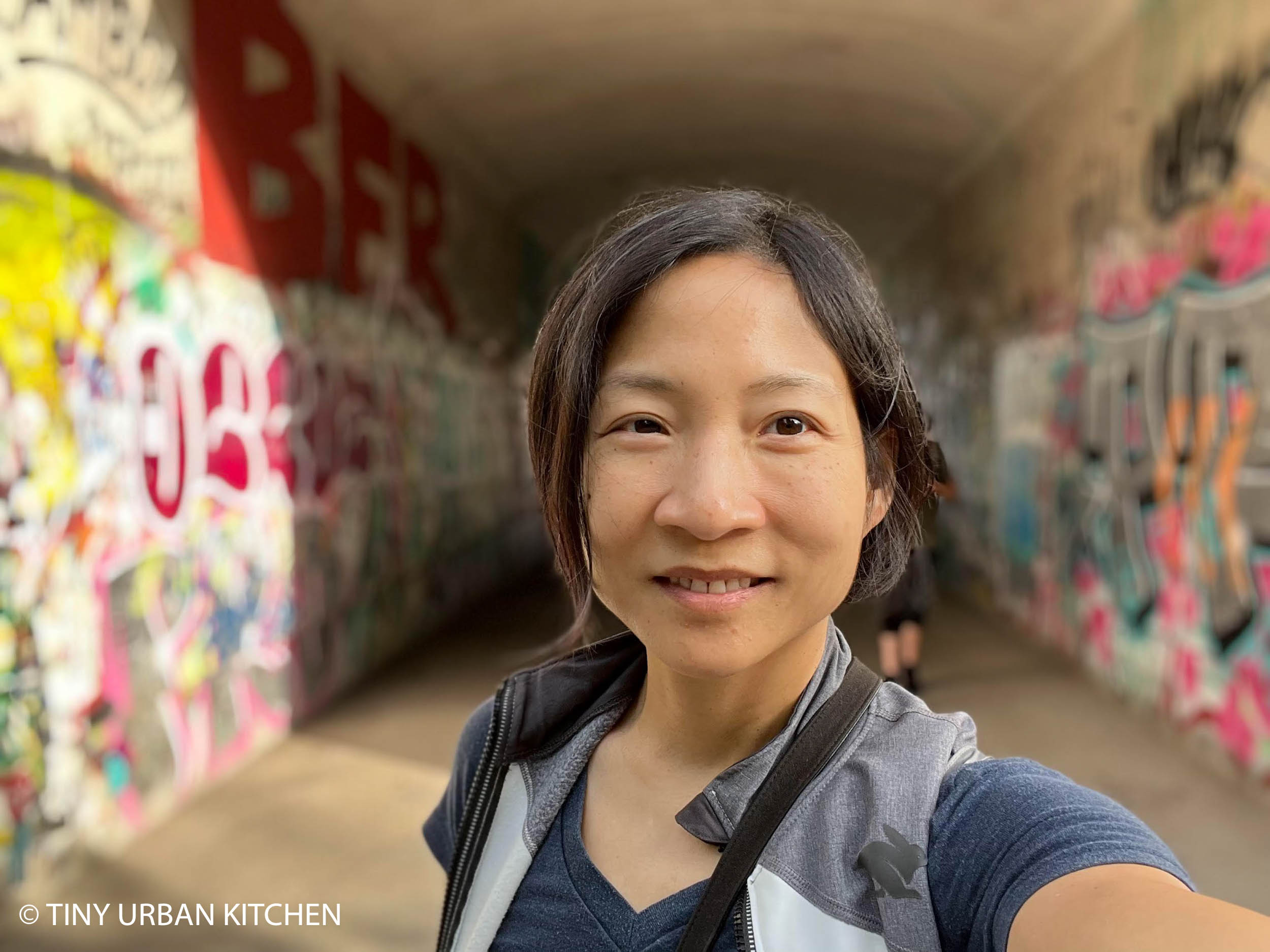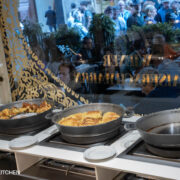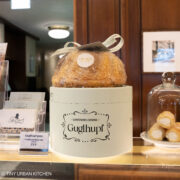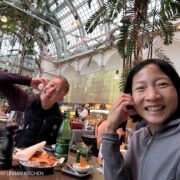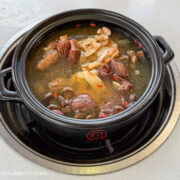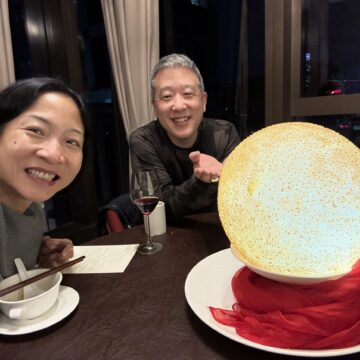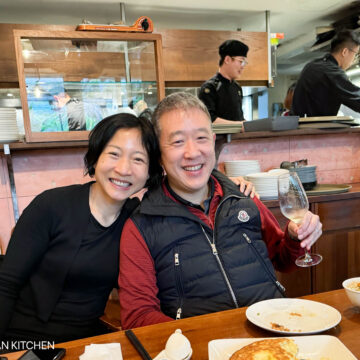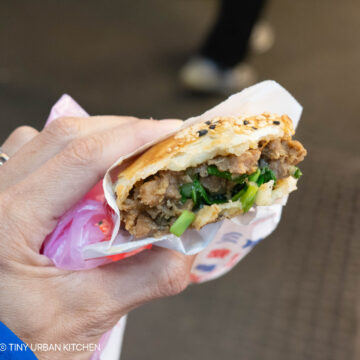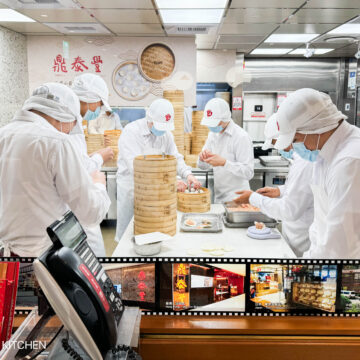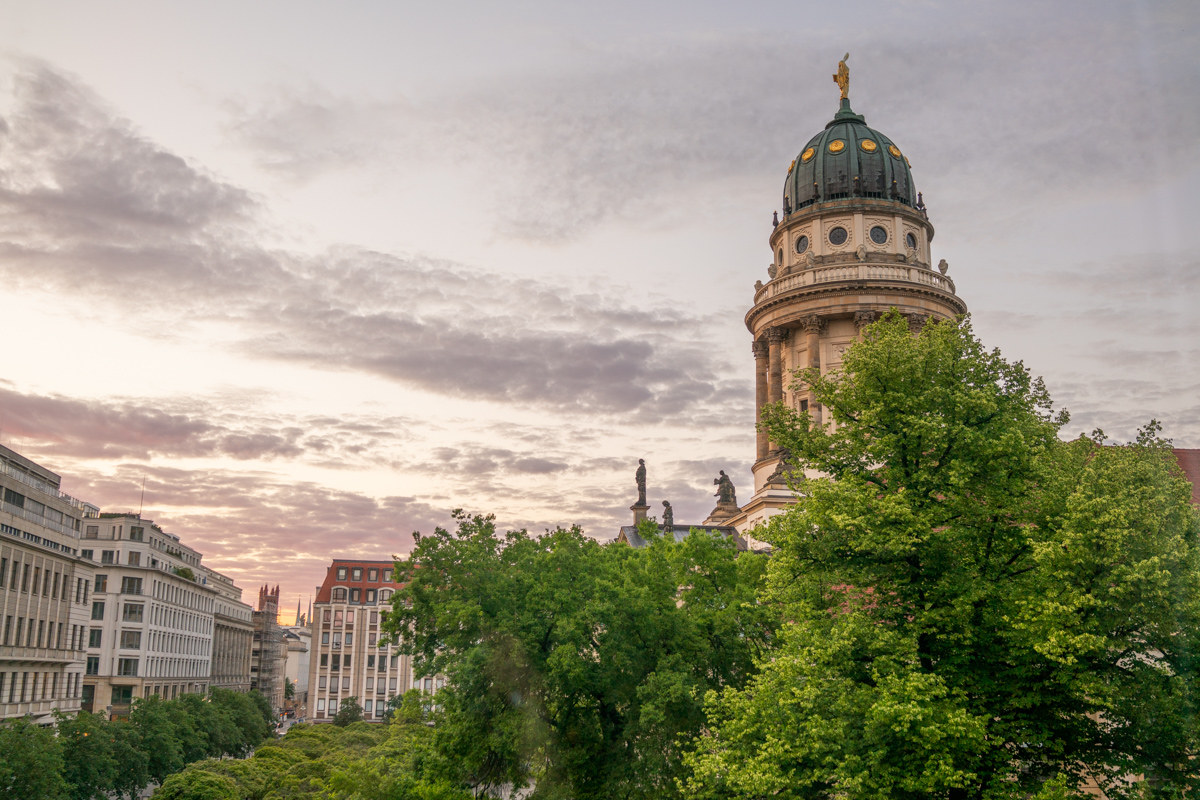
We had but a few days in Berlin, just 48 hours to be exact. It was my first time in the city, so I'd have to make the most of the little time I had.
I'd been to Germany once before, visiting the capital city of Munich. Unlike my time in Munich, however, where I soaked in the German culture through centuries old beer makers, beer houses, pretzels, sausages, and beer gardens, my 48 hours in Berlin was of a completely different nature.
Berlin is obviously filled with a TON of history, with Germany's division into East and West Germany during the Cold War, the Berlin Wall, and the ultimate reunification. There's also the traumatic aspects of World War II and Hitler. How would a city showcase all this history?
Brandenburg Gate
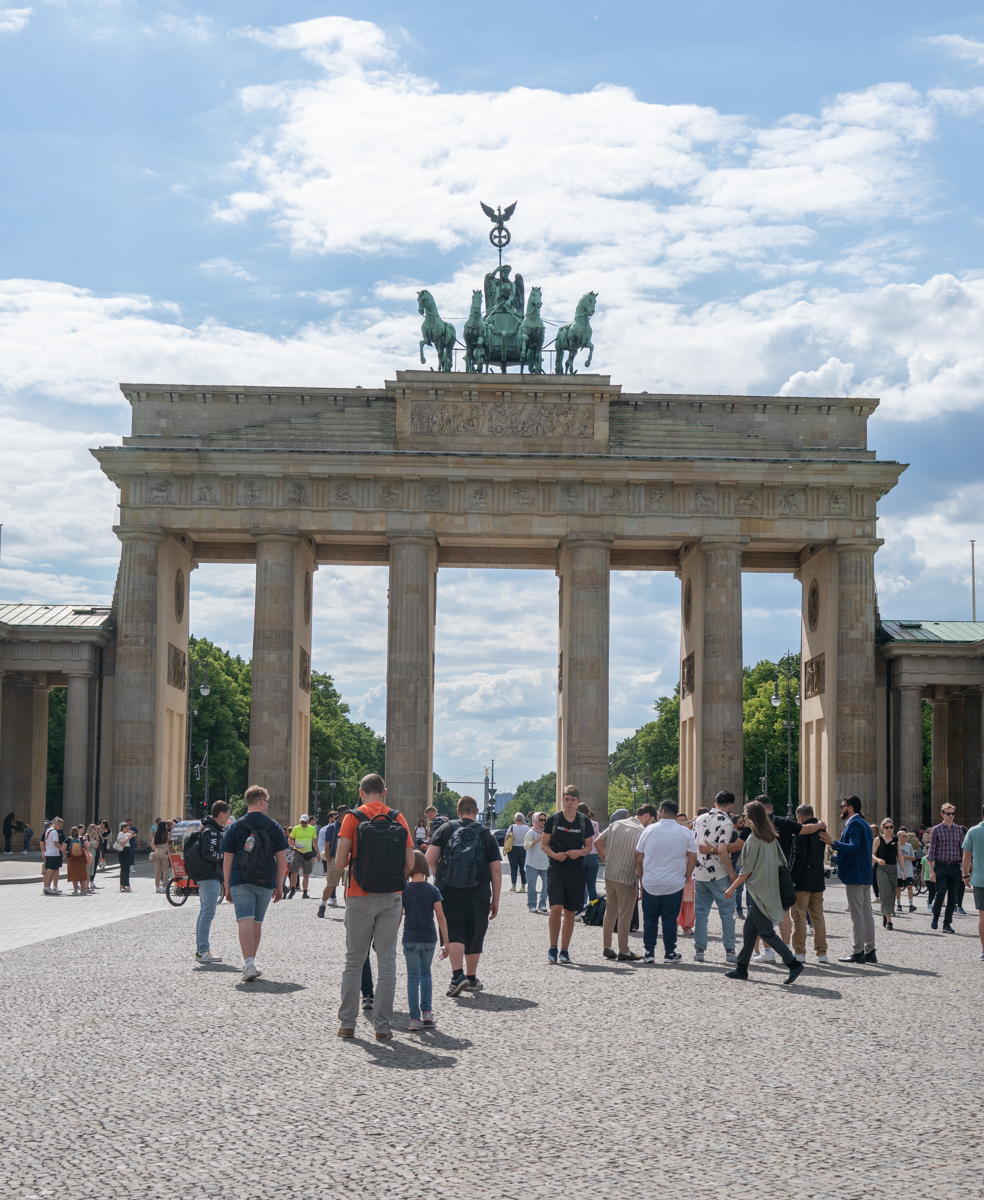
I began my exploration of Berlin by foot, walking out from my hotel to the surrounding neighborhood. Many of the famous sites in central Berlin are within walking distance of each other, so you can cover quite a bit in a short amount of time.
The Brandenburg Gate was once a part of the Berlin Wall and was a symbol of a divided Germany during the Cold War. Once the Berlin Wall fell, it became a symbol of the country's reunification and peace.
It's one of the most famous monuments in Berlin, and you're certainly see lots of tourists taking photos in front of this historic monument.
The Berlin Wall Memorial
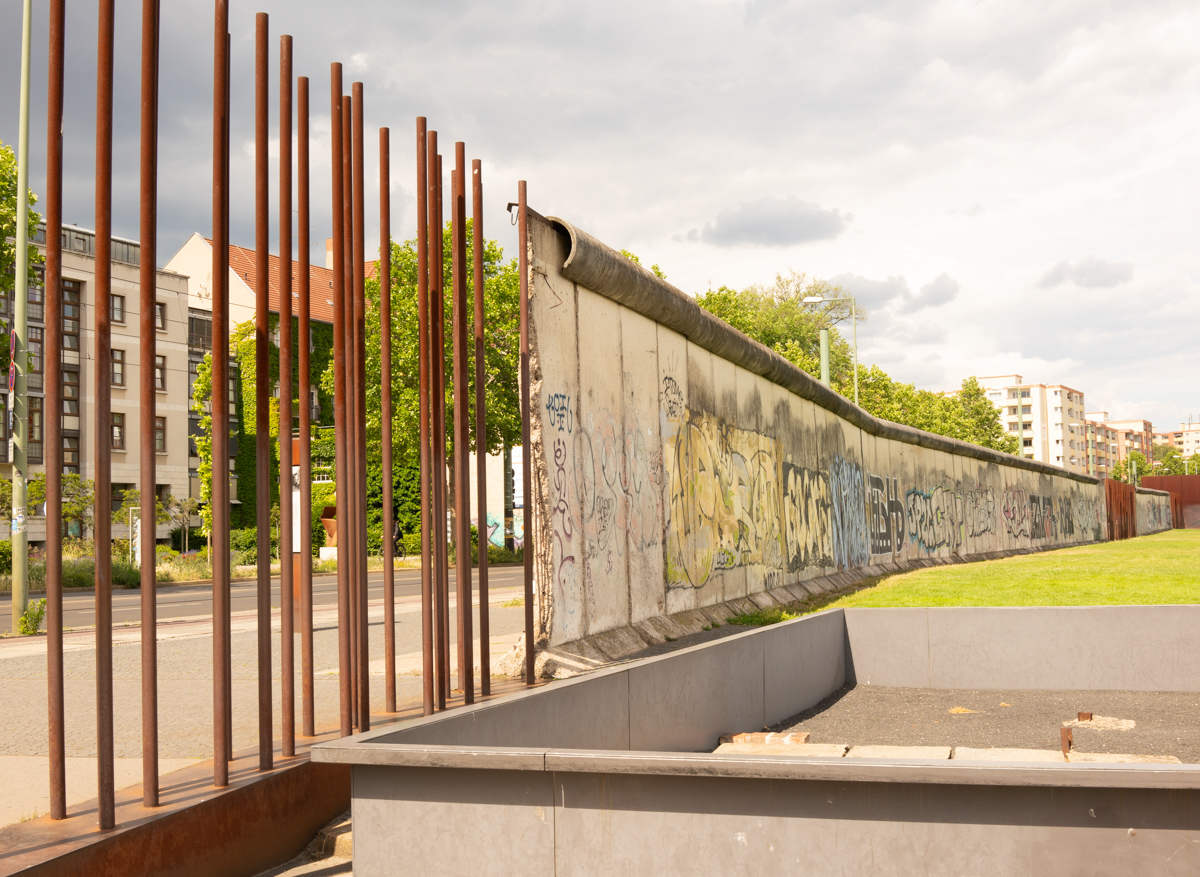
I very much wanted to see the Berlin Wall, and found several opportunities to do so. I visited the Berlin Wall Memorial, which includes an outdoor exhibit that explains various aspects of the history of the wall. It's eye opening to learn about the different zones (there was an inner wall and an outer wall), and the crazy stories of people who tried to escape.
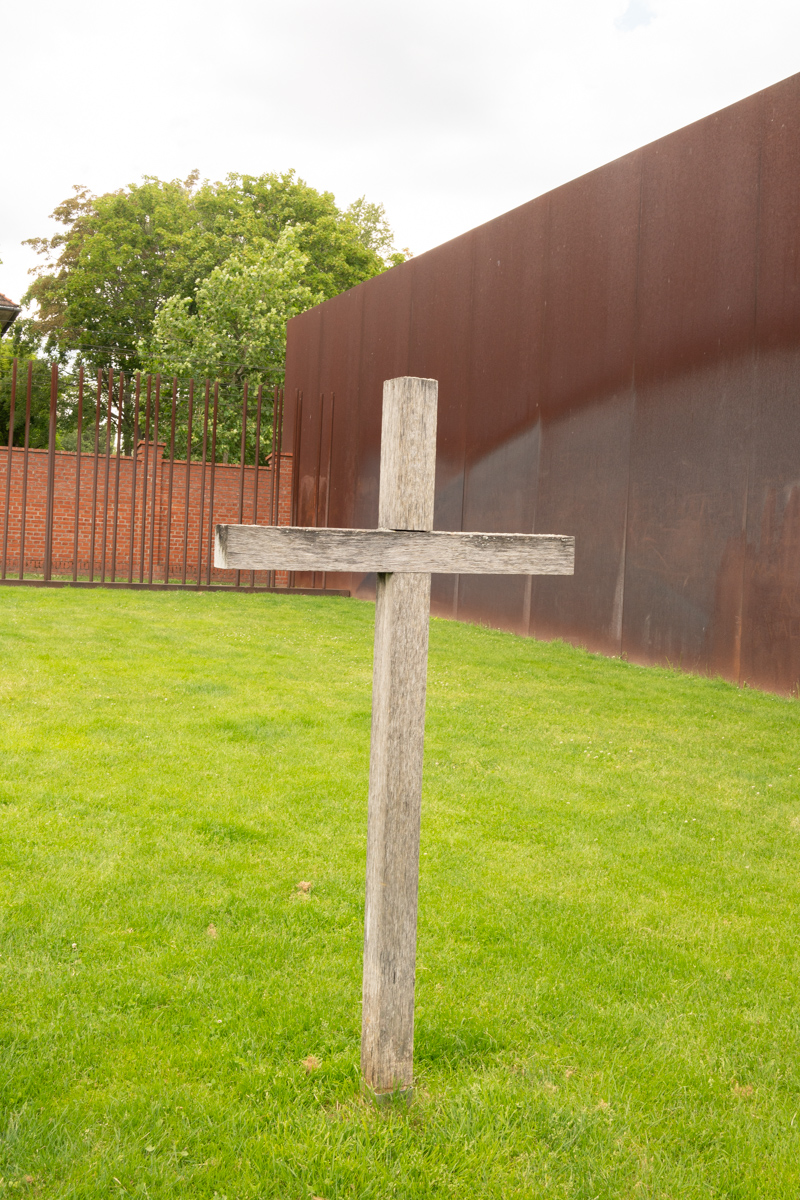
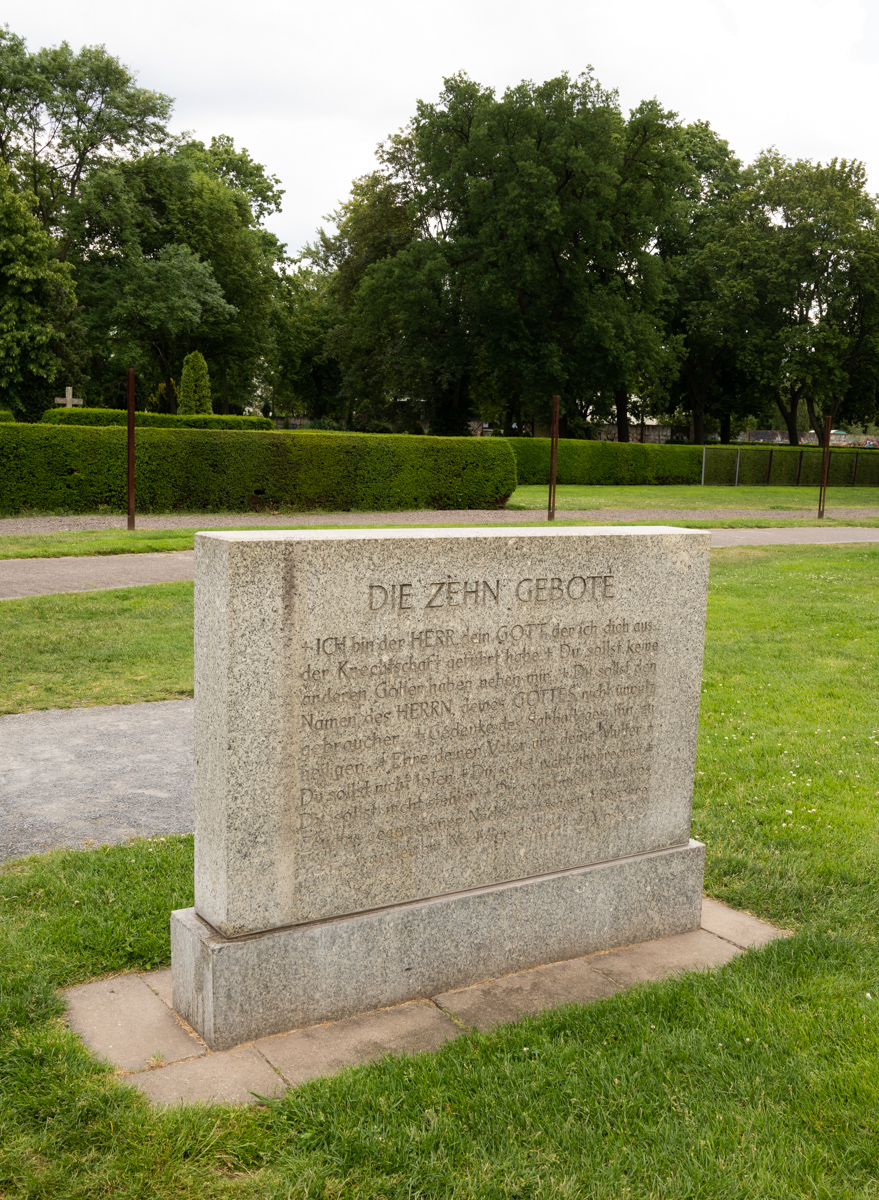
A memorial is set up for all those who died trying to cross the border and escape East Germany.
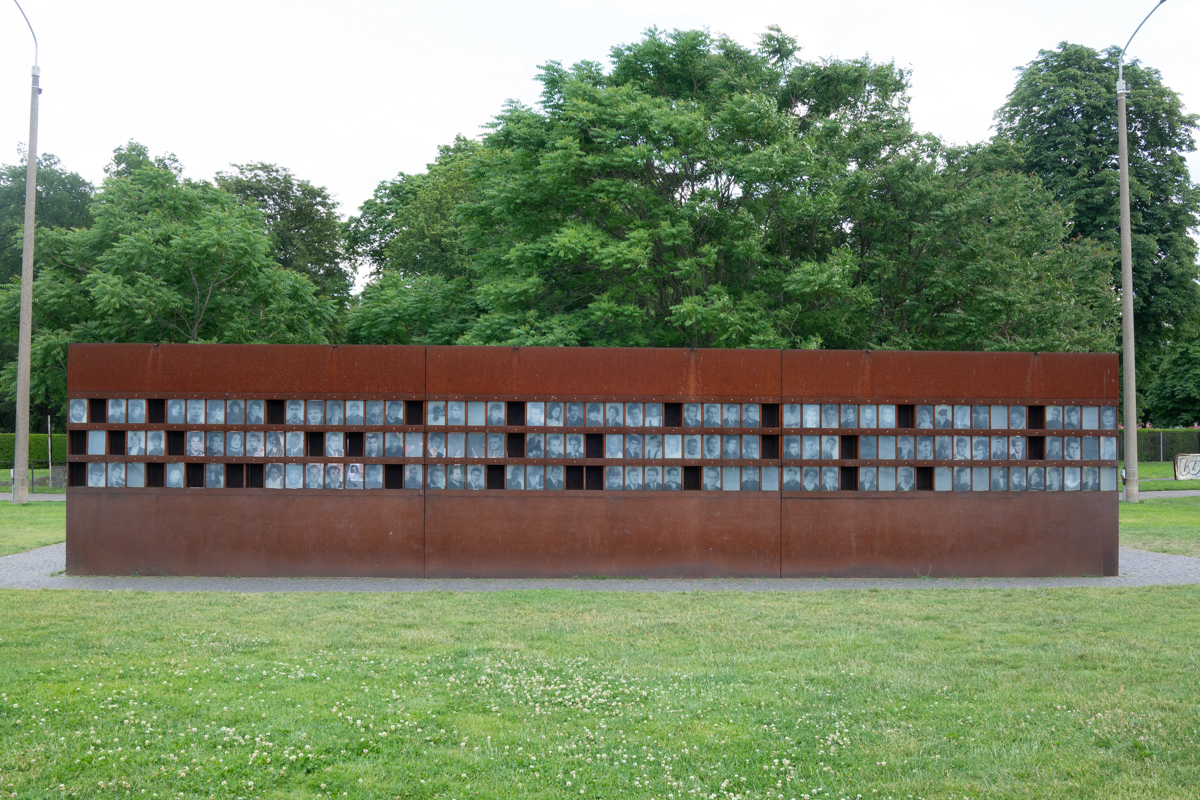
US Army "Checkpoint Charlie"
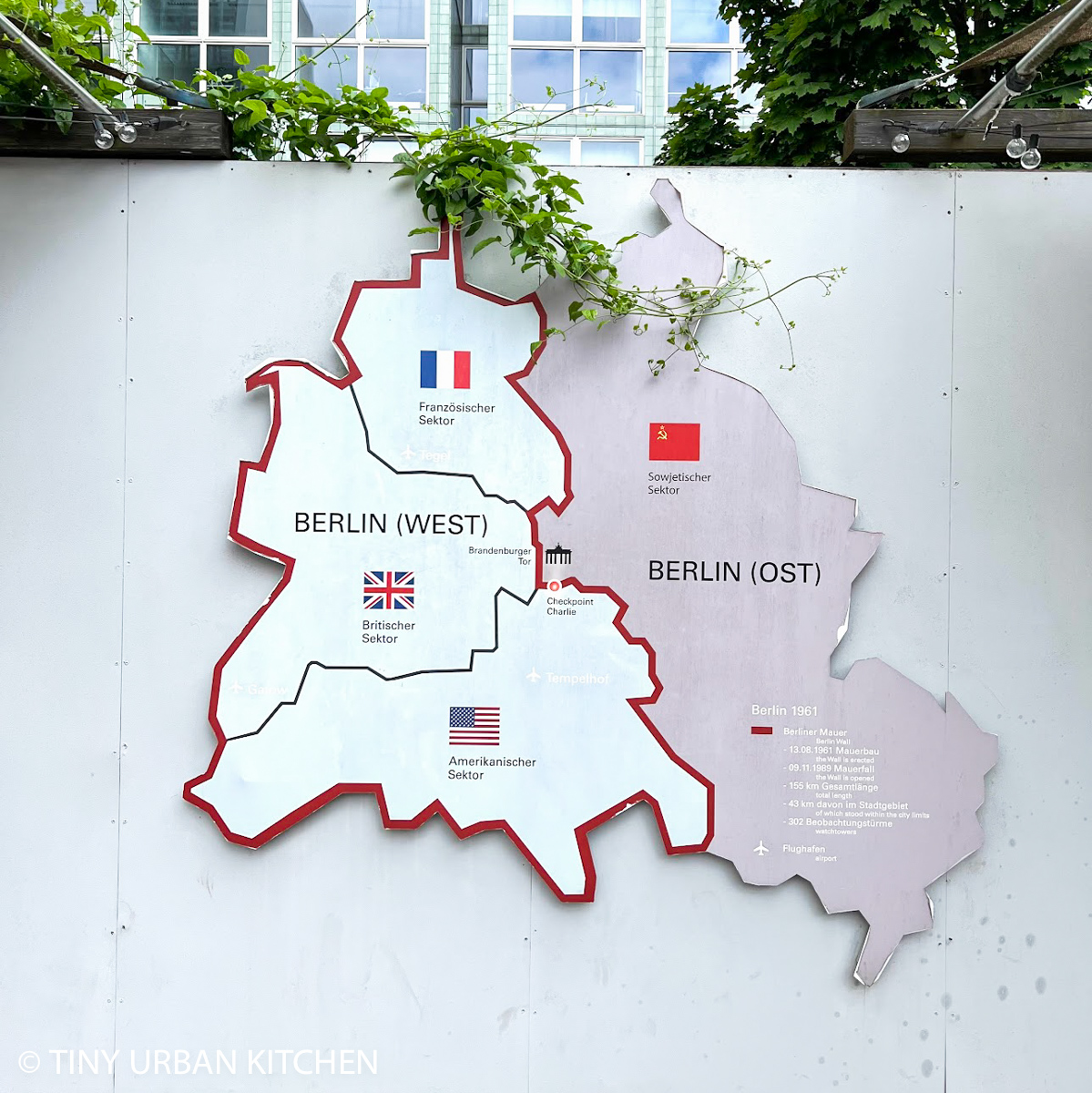
The Americans controlled three checkpoints in Berlin, including Checkpoint Charlie, where a replica of the old checkpoint still stands at the original location. I had no idea West Berlin was controlled by so many different countries, and thus I found this map quite fascinating.
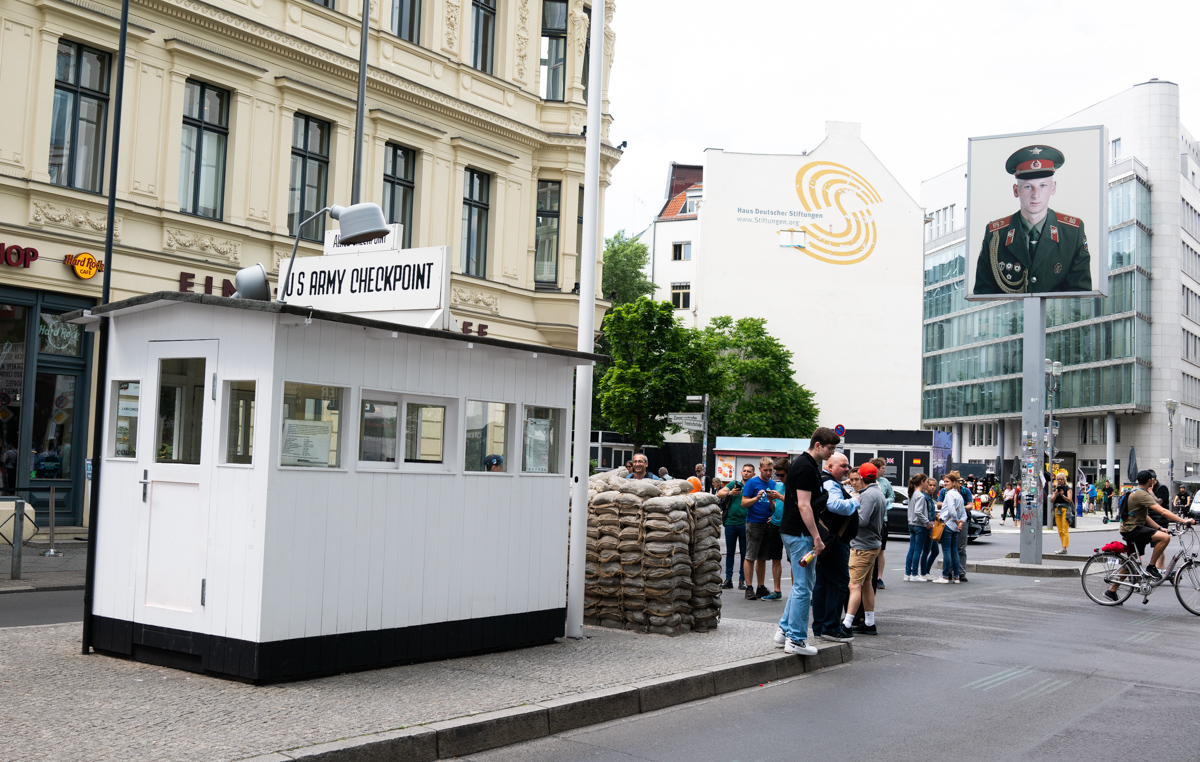
Nearby there are other portions of the Berlin Wall you can visit.
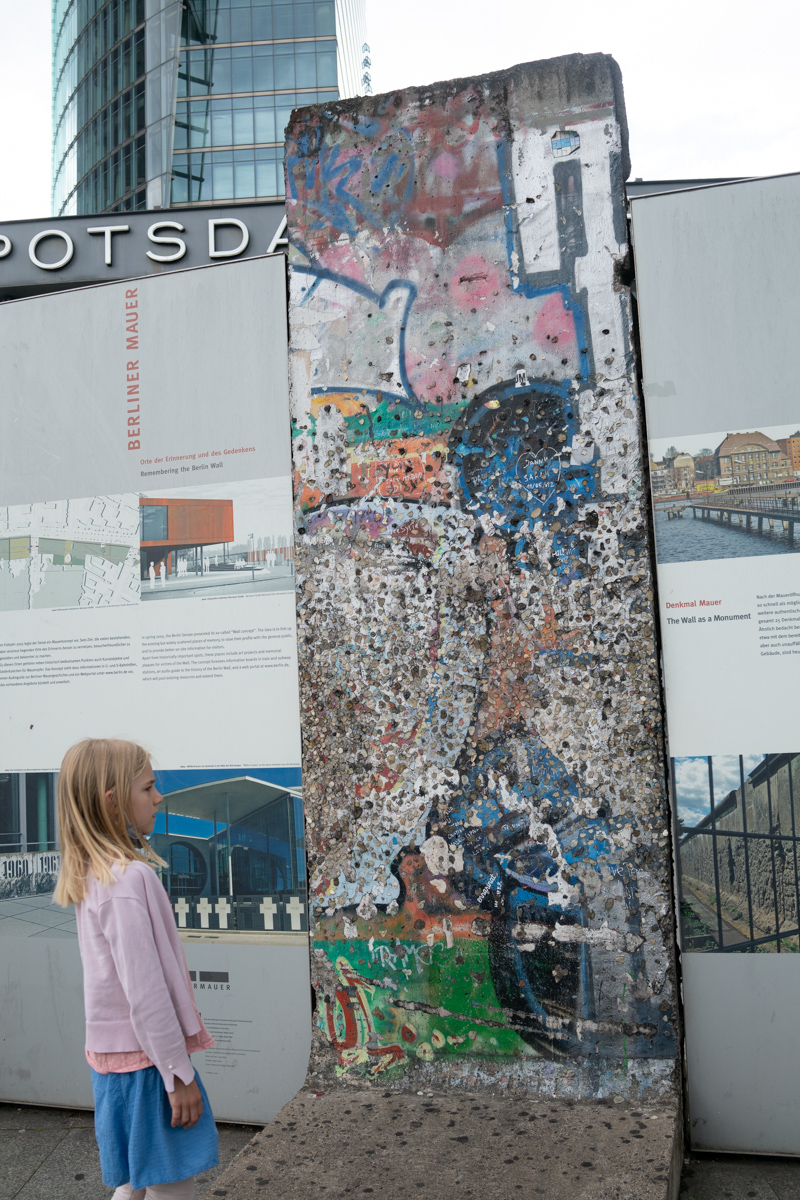
It's hard to believe this wall was up from 1961 to 1989. You can learn more about various aspects of the wall's history in a series of large signs displayed near this set of wall pieces.
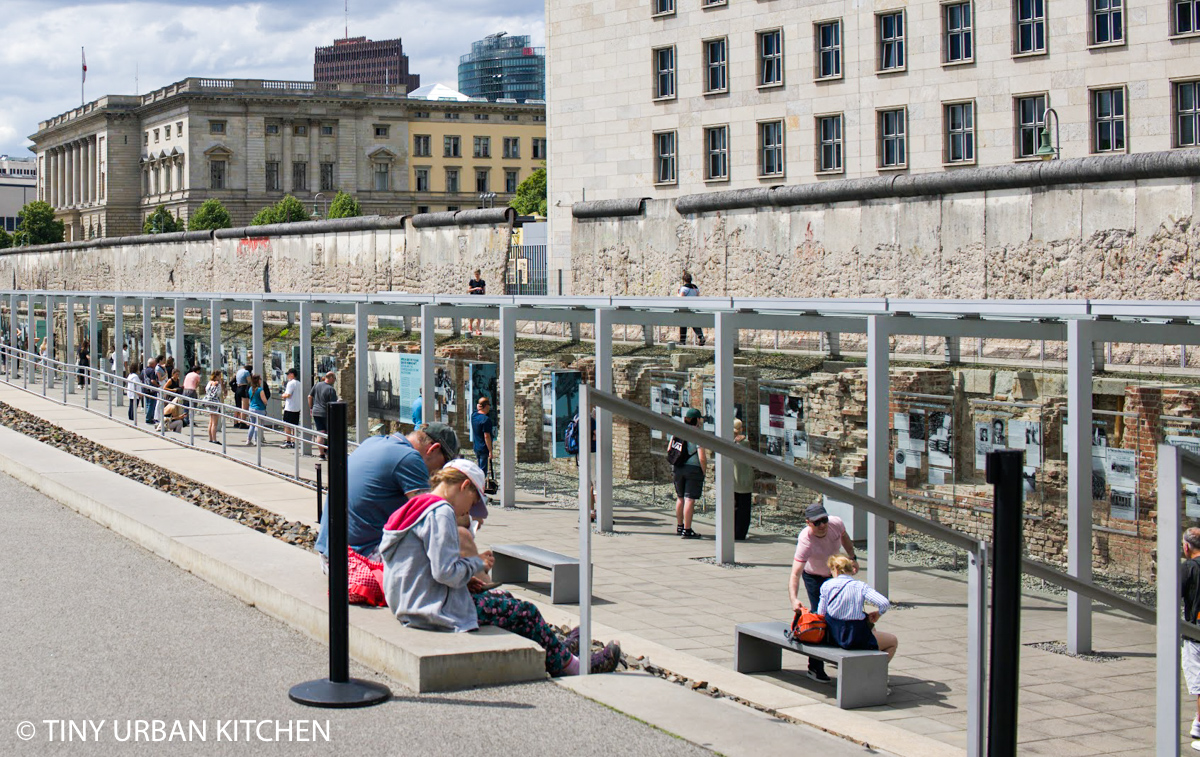
The Memorial to the Murdered Jews of Europe [Holocaust Memorial]
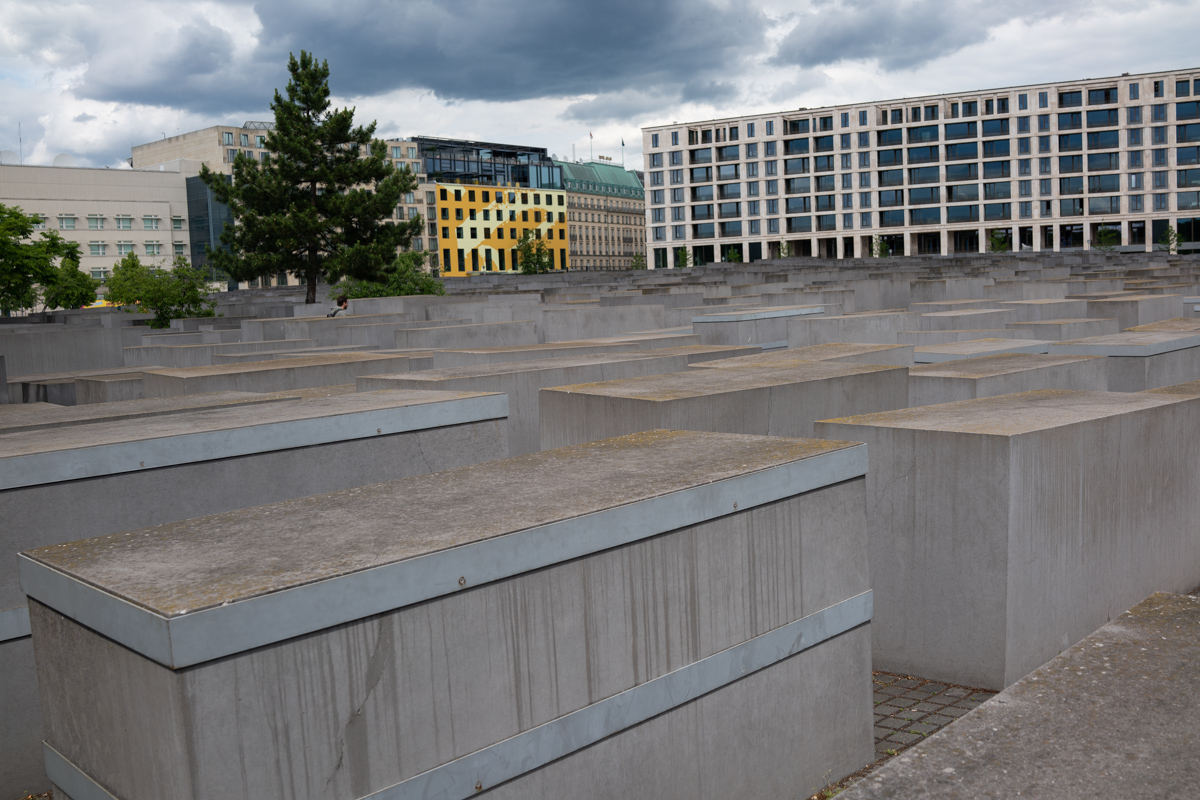
A large memorial dedicated to the Jewish victims of the Holocaust was finally built in 1999 (after much debate in German's Parliament). From the street level the monument doesn't look like much, but as you walk deeper and deeper into the outdoor structure, you start to get lost and lose your sense of perspective.
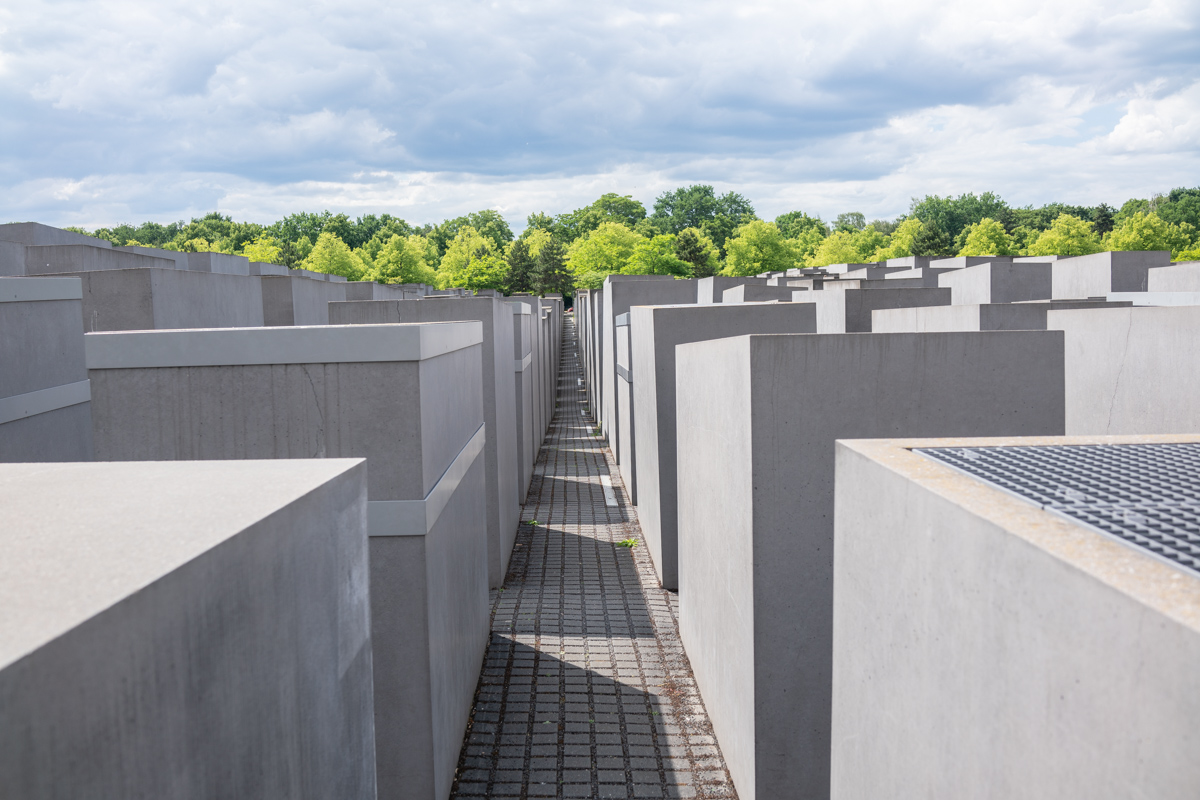
At the deepest points it really is a bit disconcerting when another person suddenly appears from another corridor.
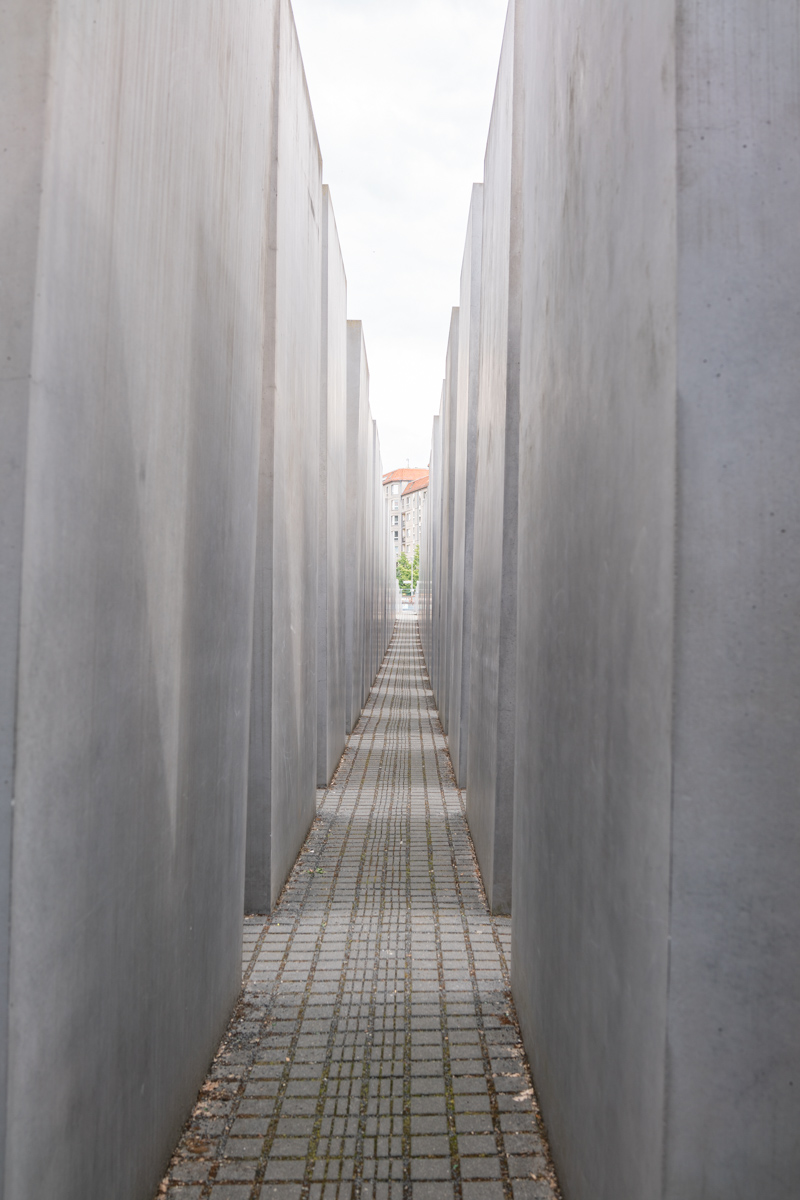
It's worth visitng the museum to learn more. I was quite moved by this display of letters that Holocaust victims wrote to their families. Virtually all of these people eventually died during the Holocaust.
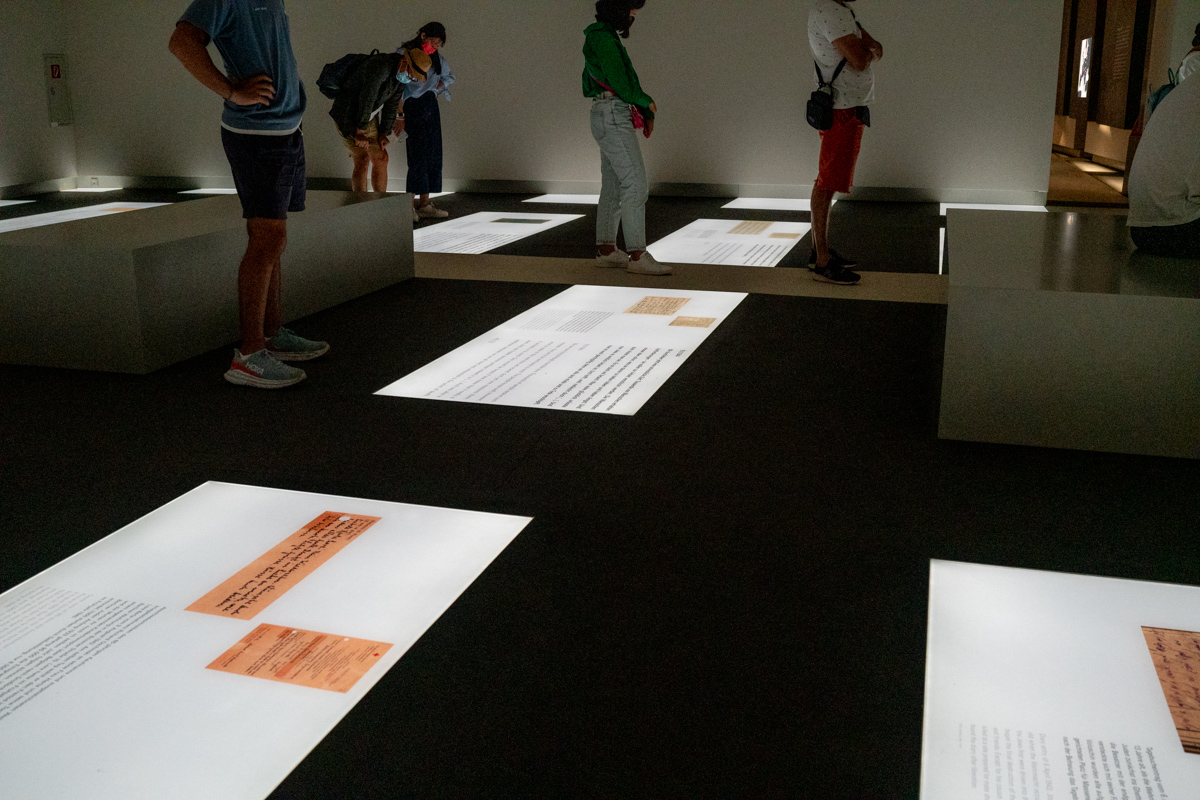
Walking Around Berlin
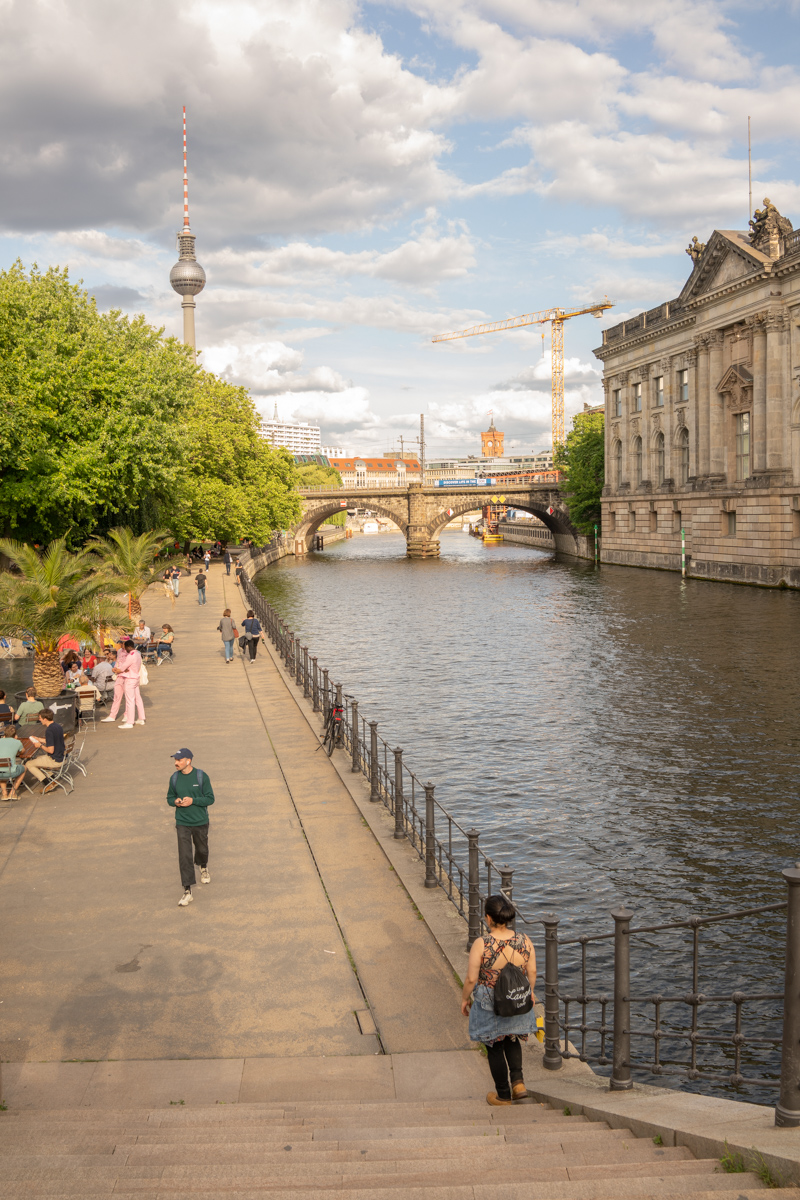
The weather in Berlin is lovely during the month of June, and I very much enjoyed walking along both sides of the river.
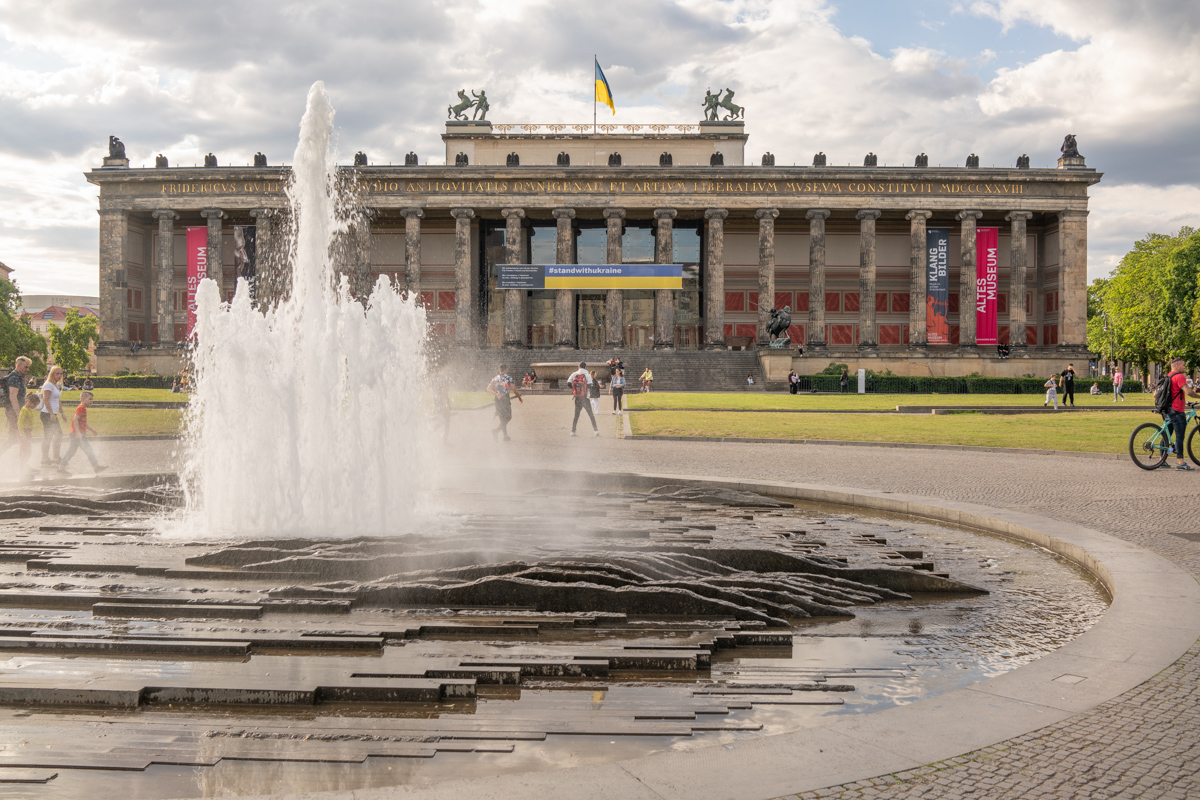
Many of the city's museums also line the river, so you can visit various museums and enjoy the beautiful walk at the same time.
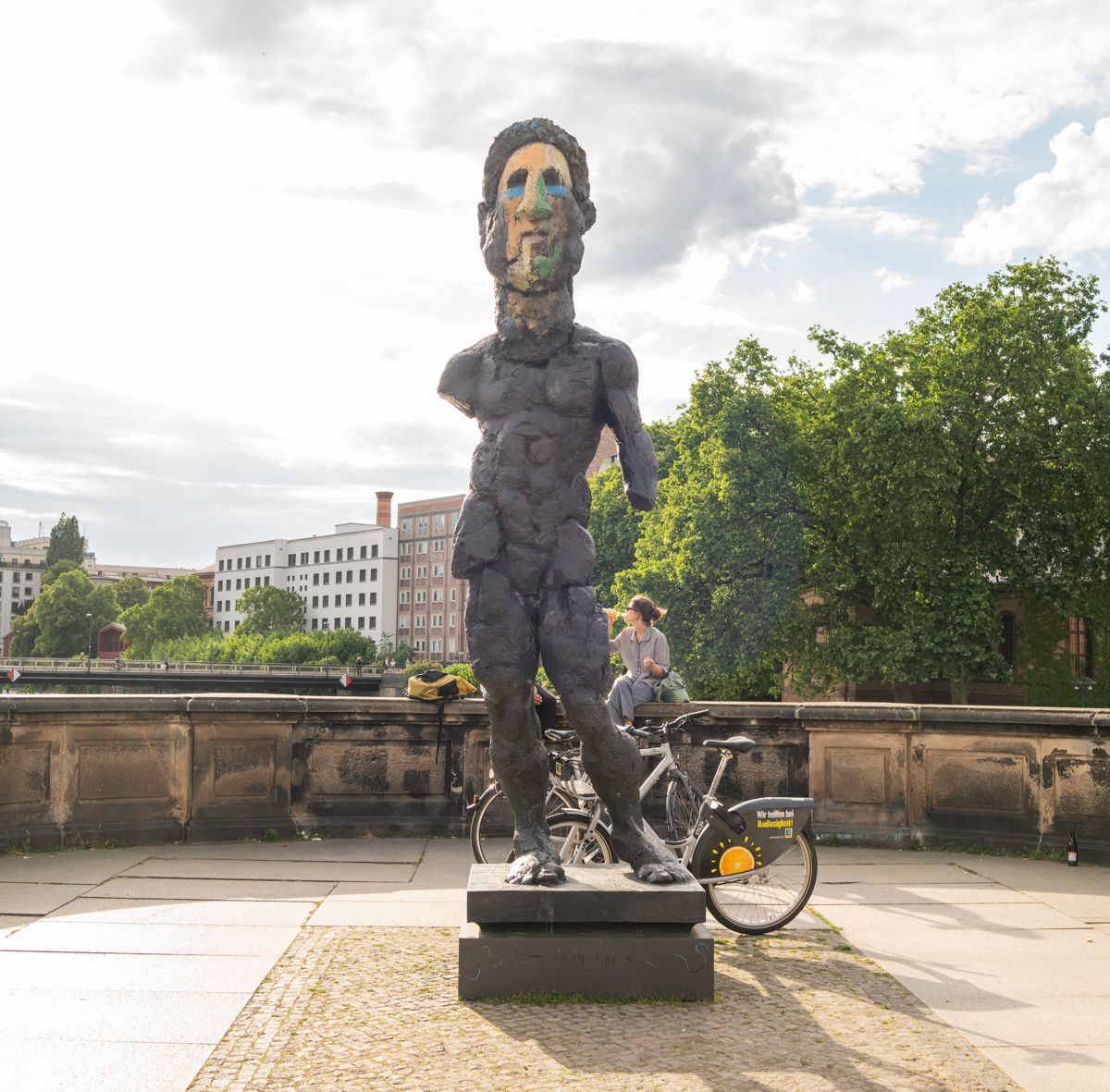
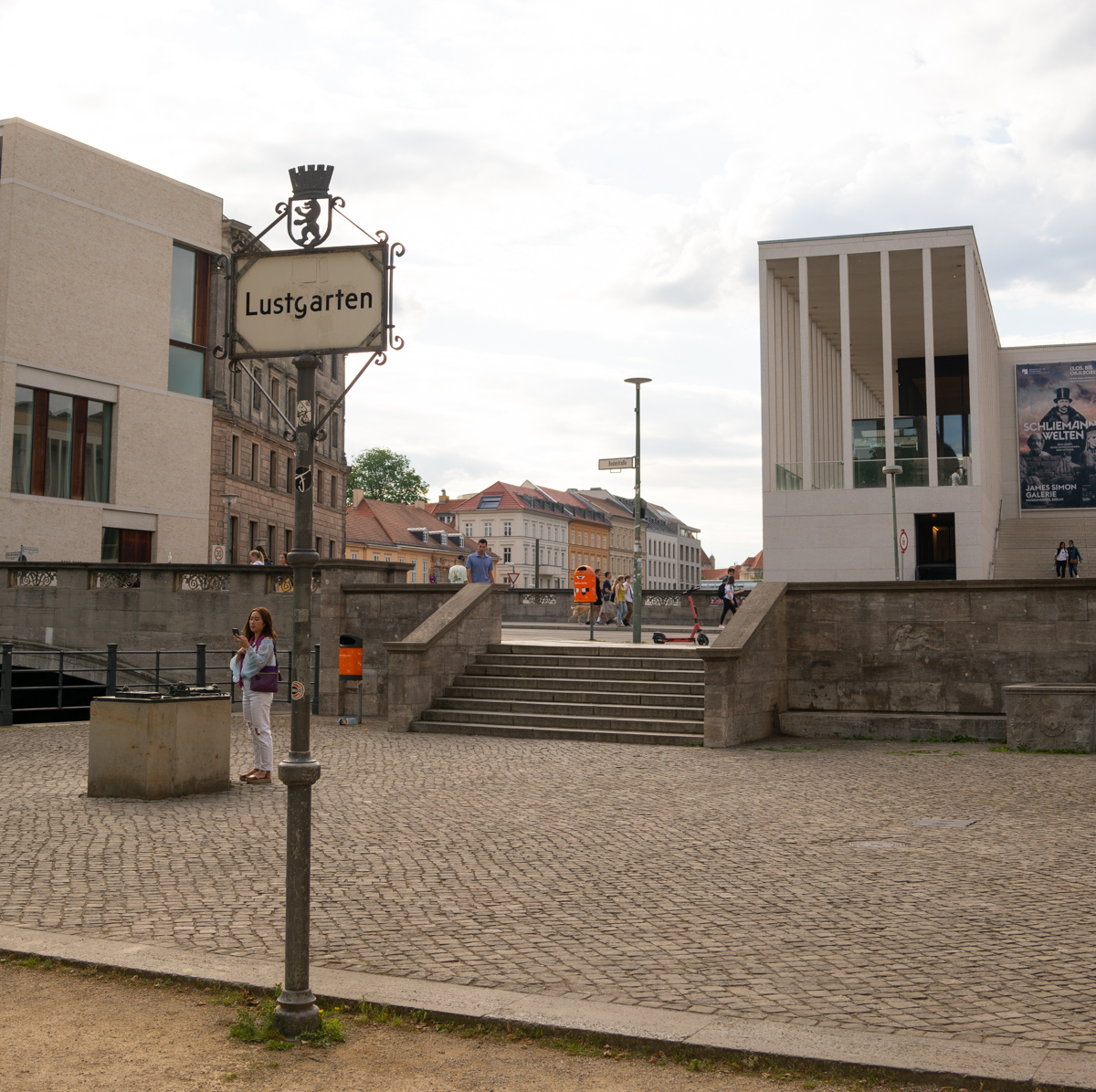
One more interactive (fun for kids!) museum I visited, the DDR Museum, re-created what life was like in East Germany during the time of the German Democratic Republic. There are some apartments you can visit, lots of photos and interactive displays, and even a car where you can "drive" around streets in East Germany.
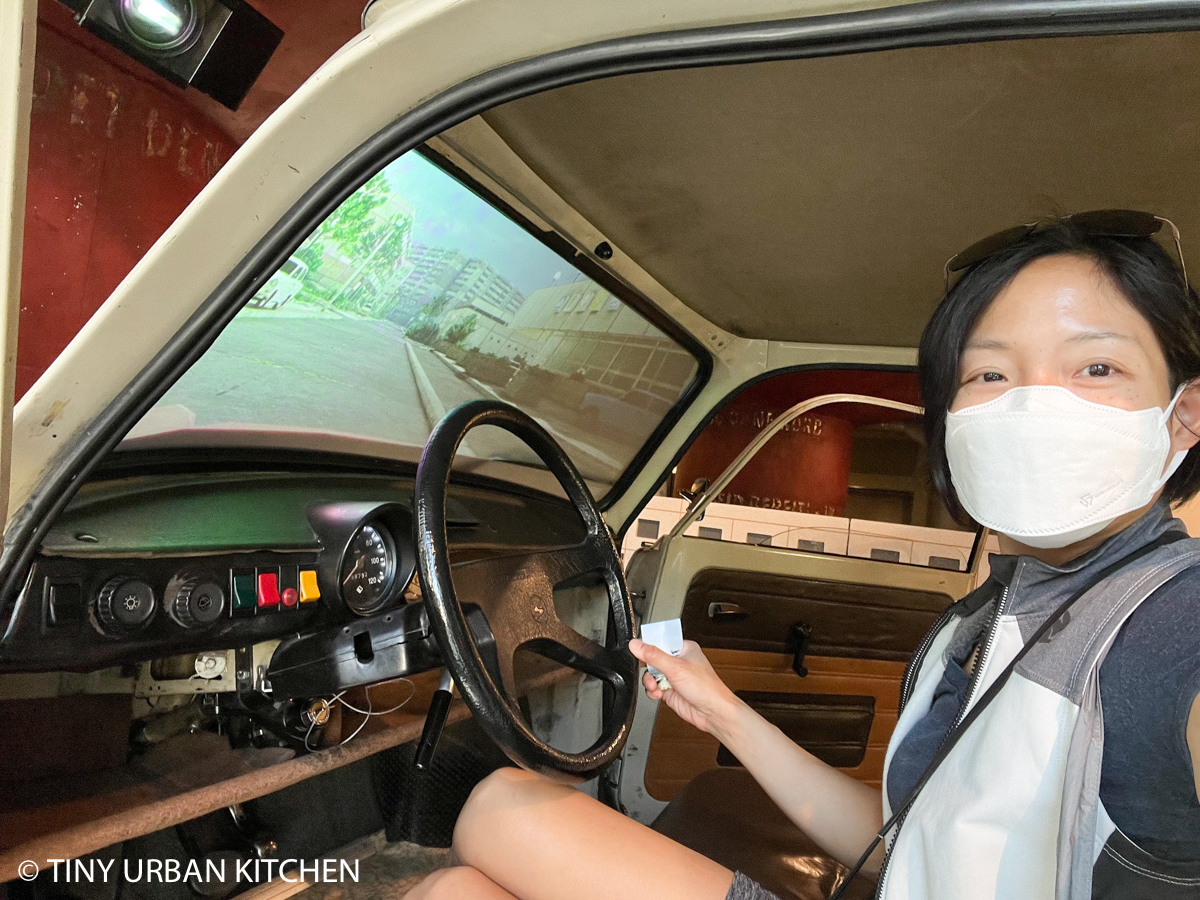
Not much from East Germany's way of life remains today, though a few things have been preserved. One example is "Ampelmann", a little traffic light man who still graces all of the pedestrian traffic lights in Berlin. He has become a cultural symbol of Germany, and you can buy all sorts of fun paraphernalia.
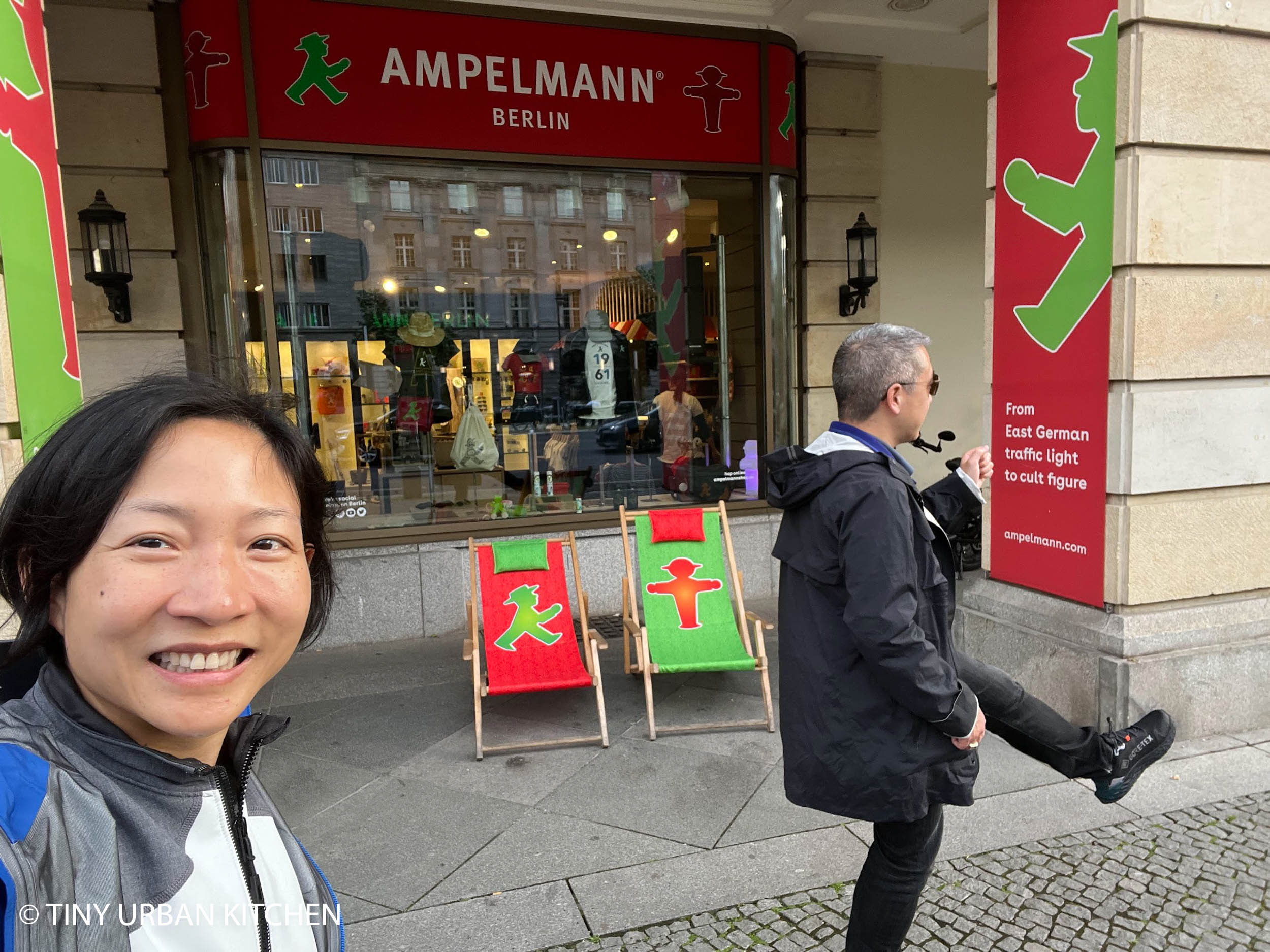
Where to Eat
I only had two evenings, so I ended up eating at two restaurants from the same restaurant group.
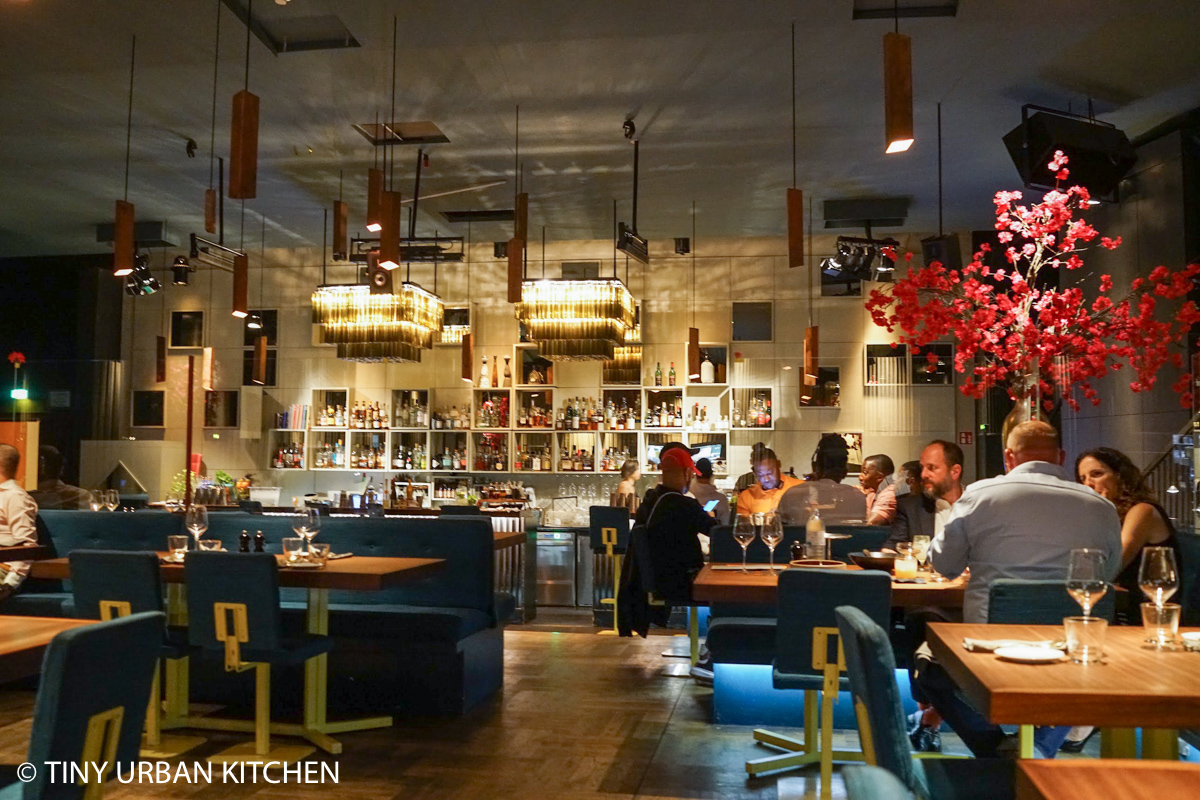
Crackers is a trendy upscale restaurant located at the location of the formerly legendary Cookies nightclub (which closed in 2014). Perhaps because it used to be a club, we found the door to be surprisingly difficult to find.
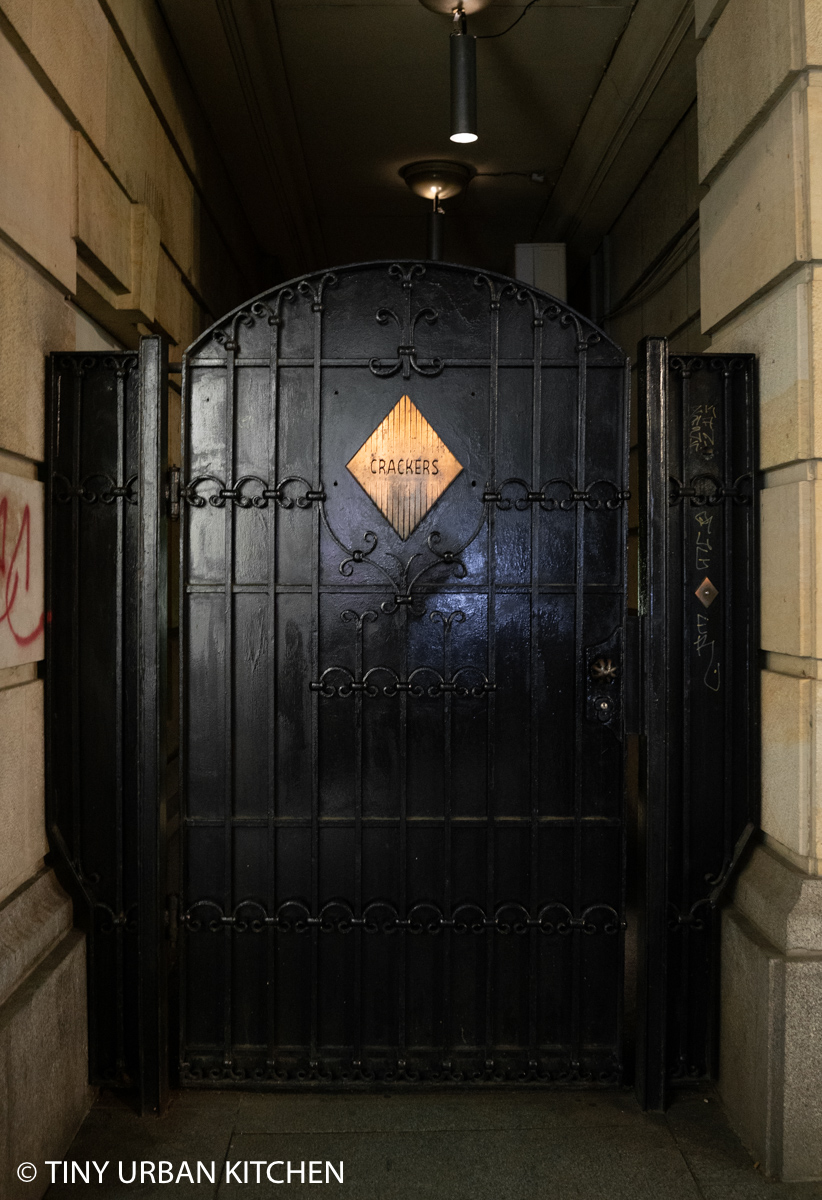
A large gate with the tiny words "Crackers" was our only clue for finding the entrance.
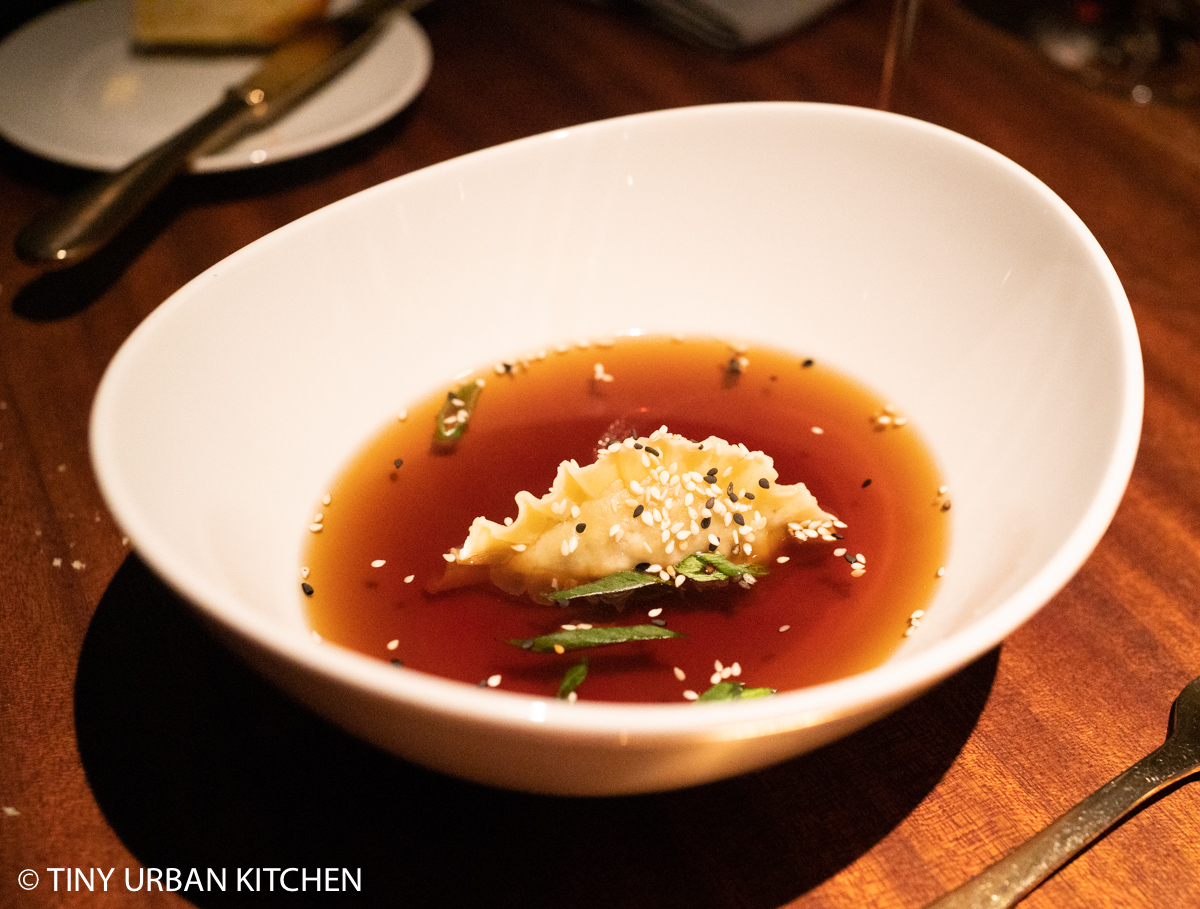
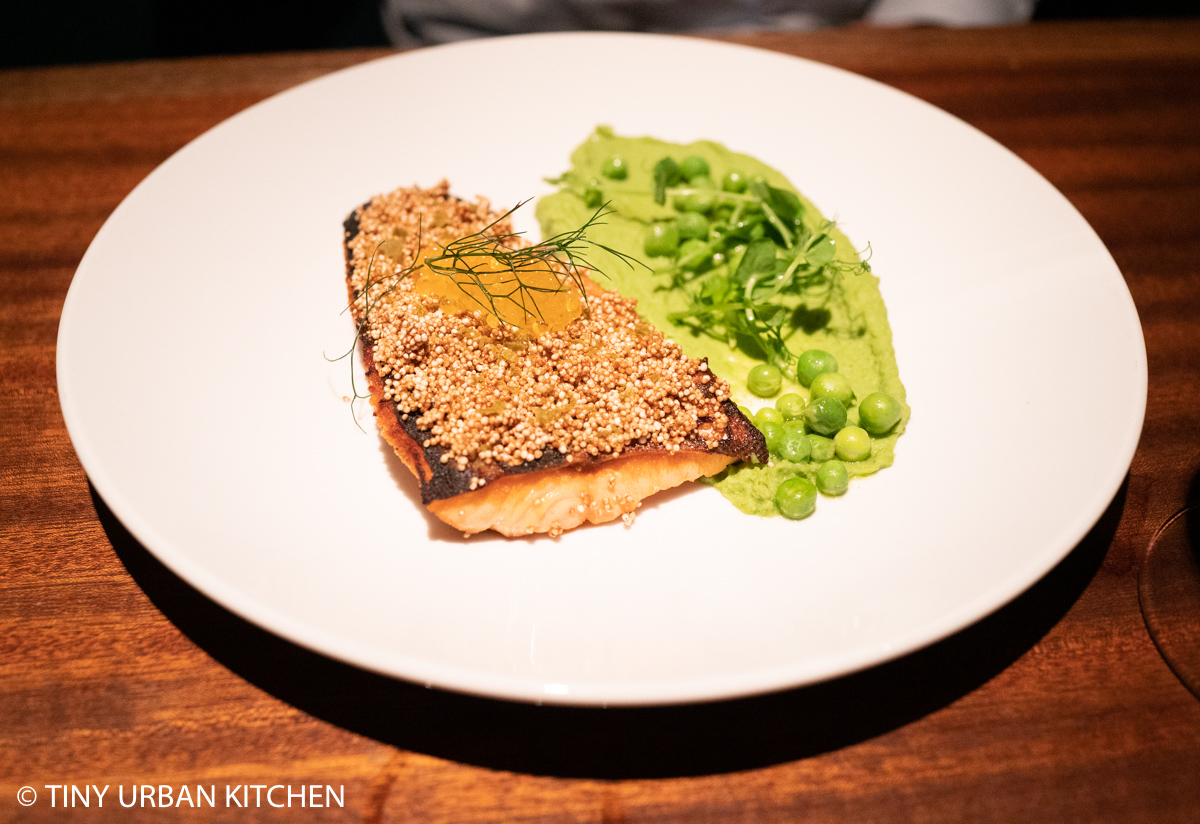
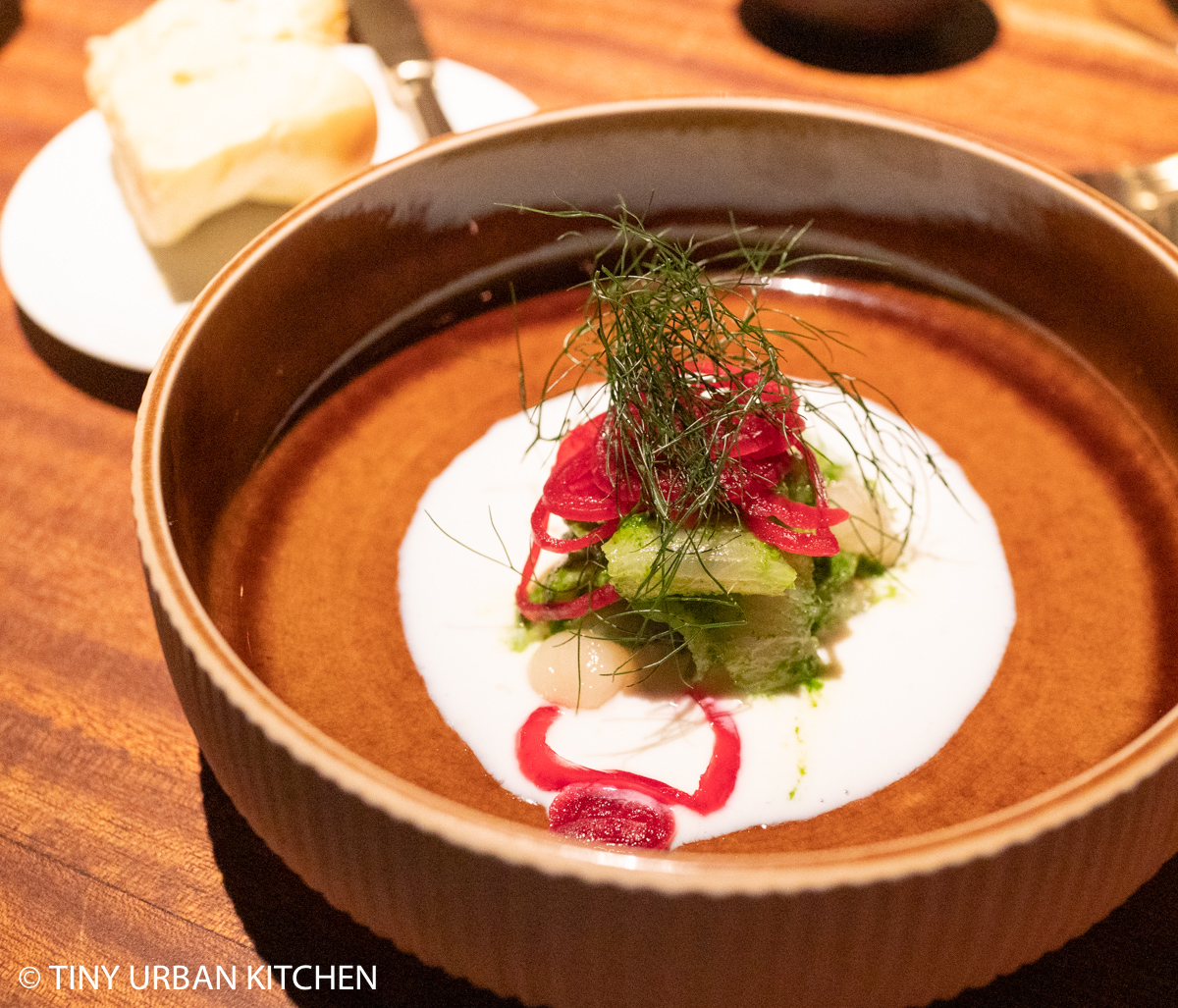
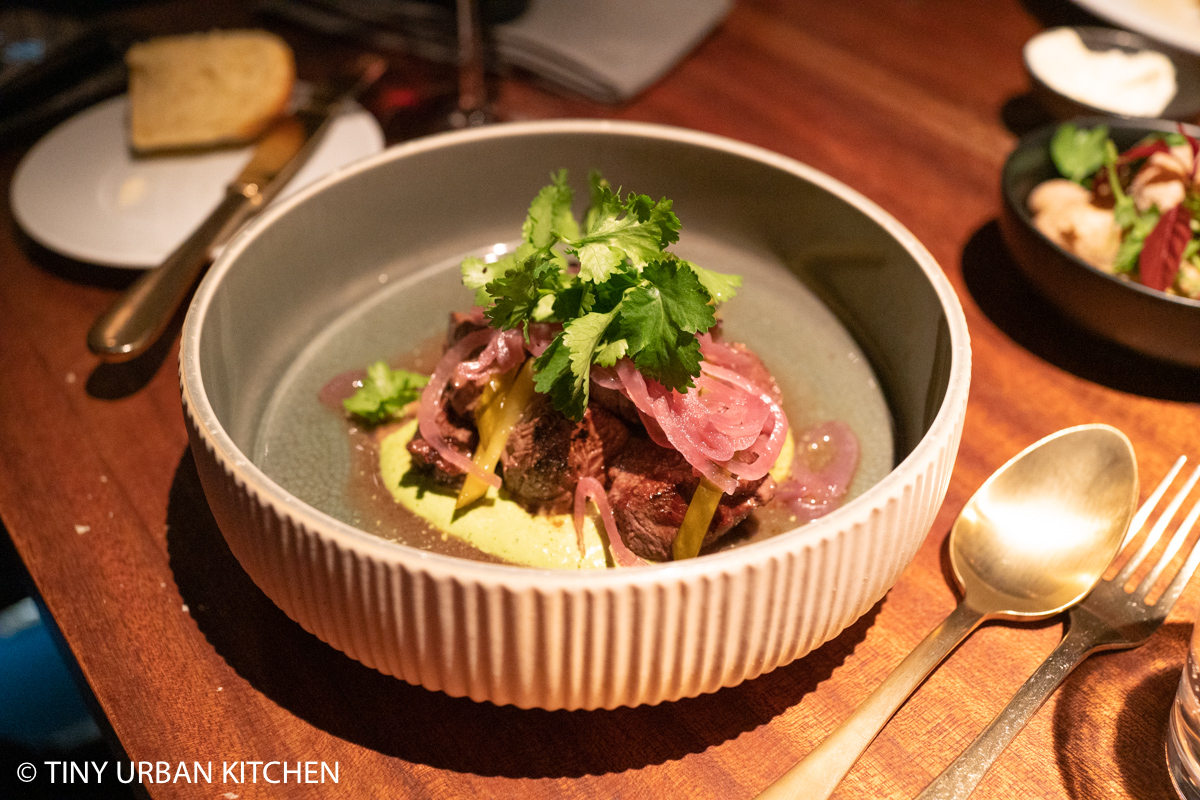
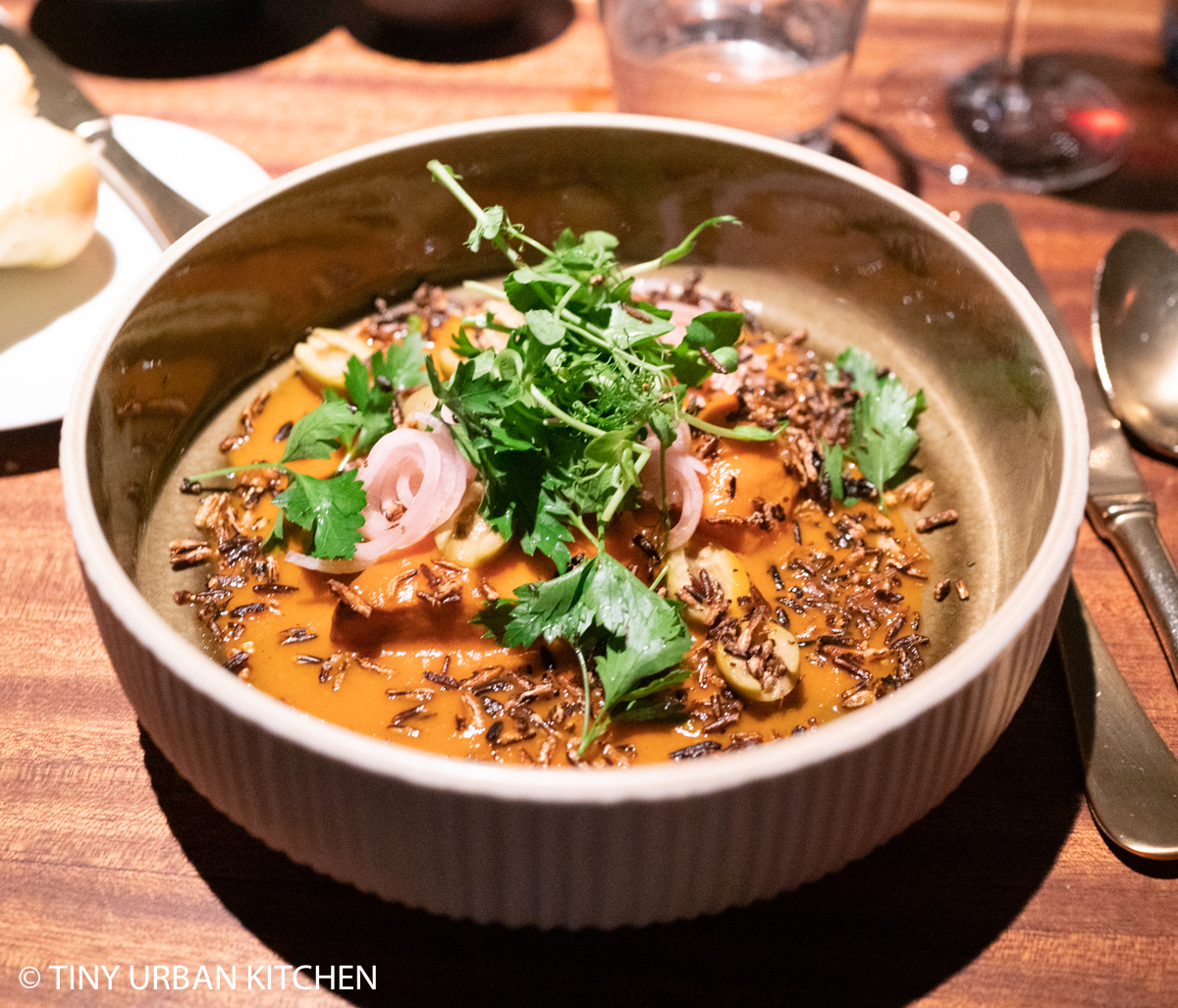
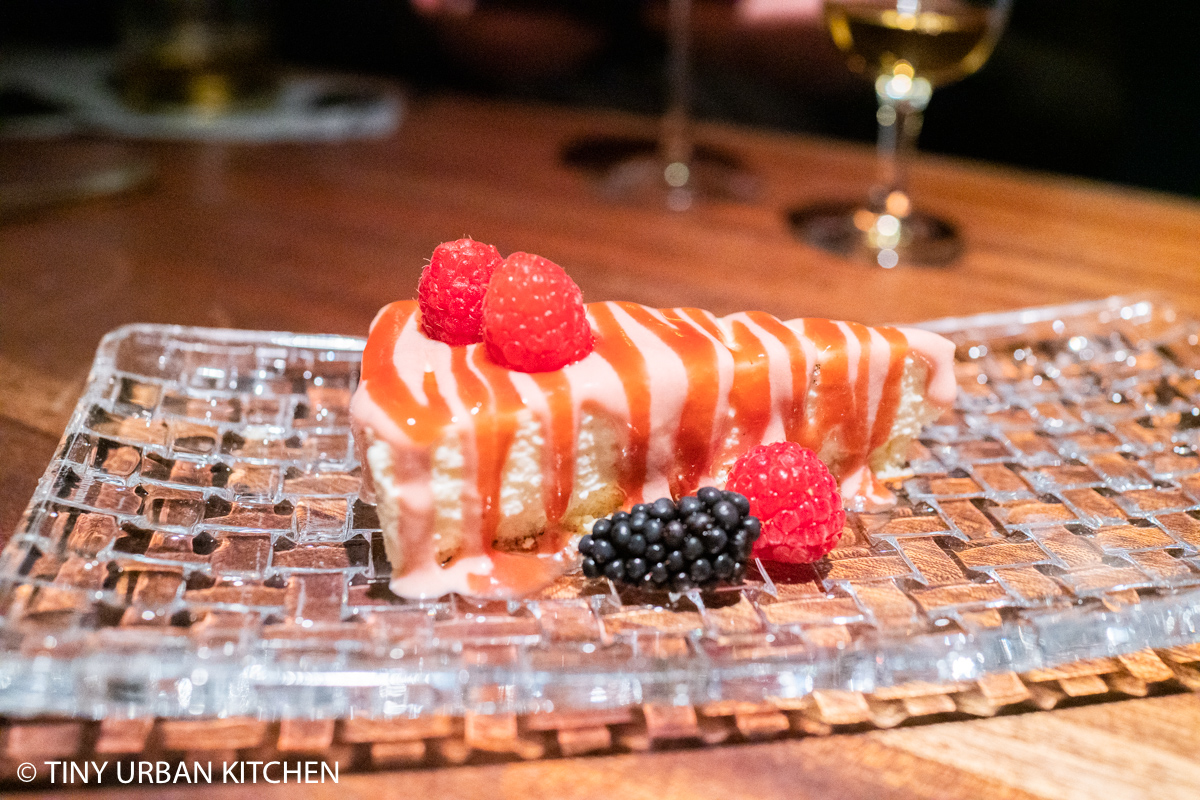
Food was creative, with a slight Asian influence. Overall, pretty enjoyable.
Cookies Cream
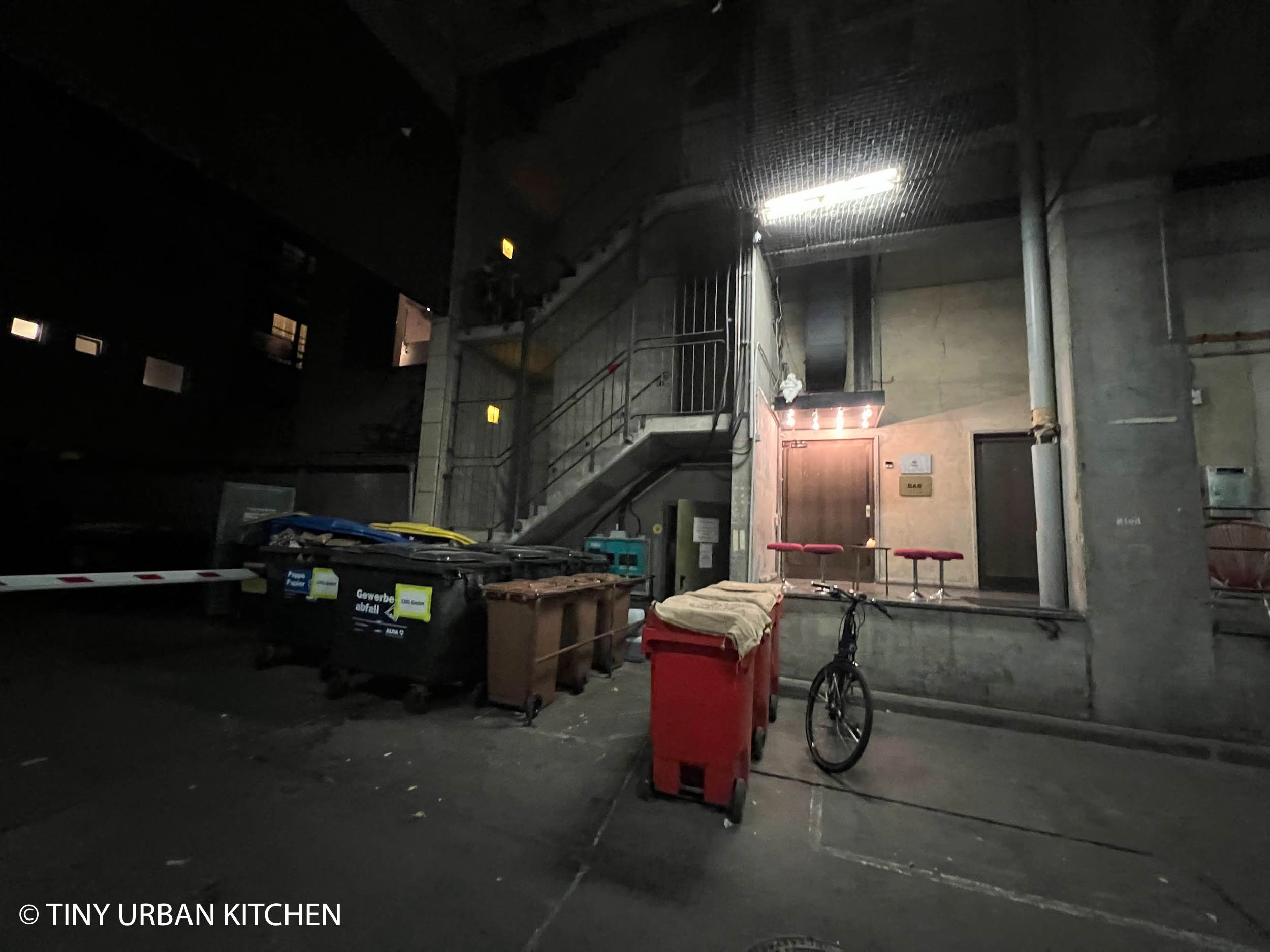
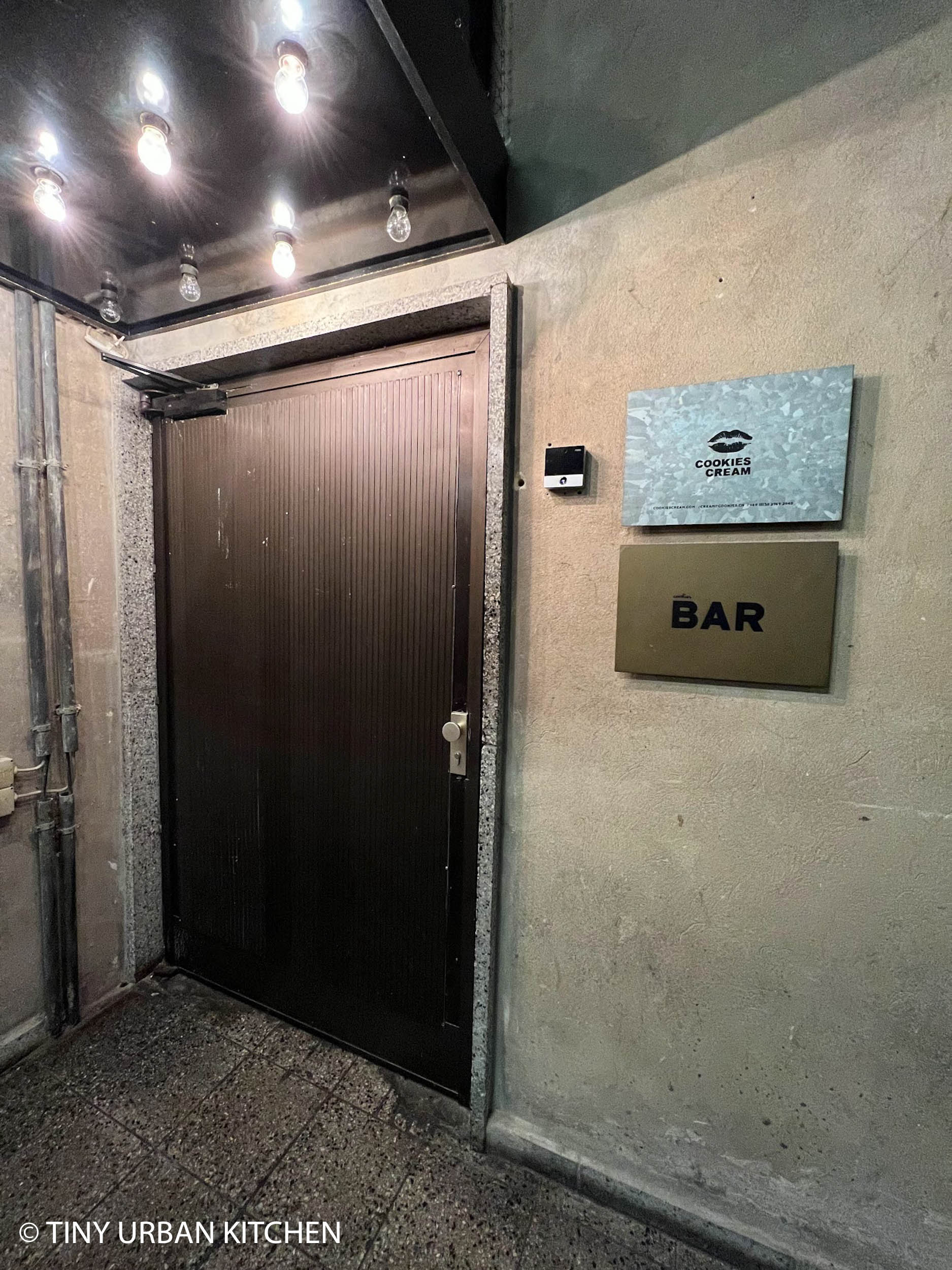
Cookies Cream, by the same group as Crackers, is a 1-Michelin starrred vegetarian restaurant located upstairs of Crackers. It was even HARDER to find, with a secret entrance that involved going to a back alley (see the door next to the trash cans?), entering this secret door, and then walking through a few more rooms before arriving at the bright, pleasantly lit dining area.
I'll write a full post on Cookies Cream separately.
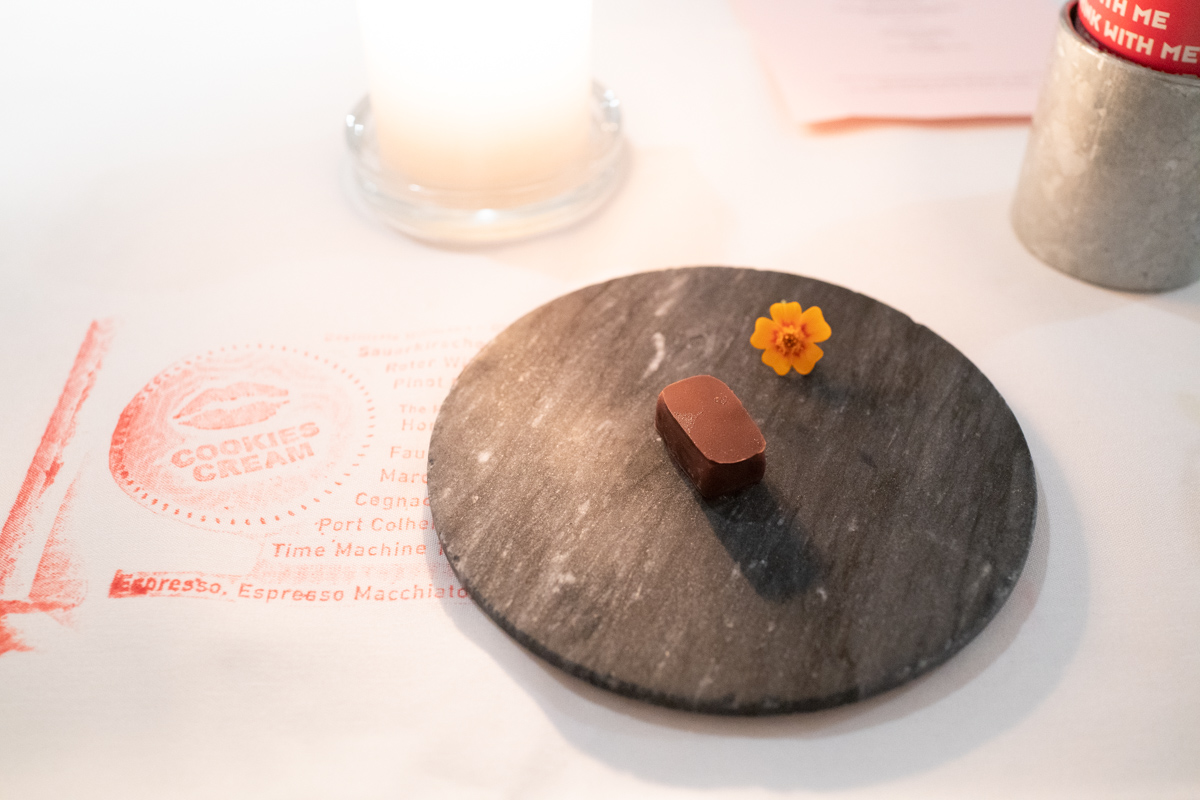
48 hours is not enough time
Berlin is such a rich, rich city, full of culture, history, and energy. It's a beautiful city, and I really enjoyed just walking along the river, visiting museums, and admiring the architecture. But there's also a deep history, and the city had to think hard about how to present this history to the world. I really commend Germany for the way they presented the history, including their efforts to honor and remember those who suffered and died as a result of some of the terrible parts of the country's past.
I look forward to coming back again and digging deeper into this very culturally rich city.
